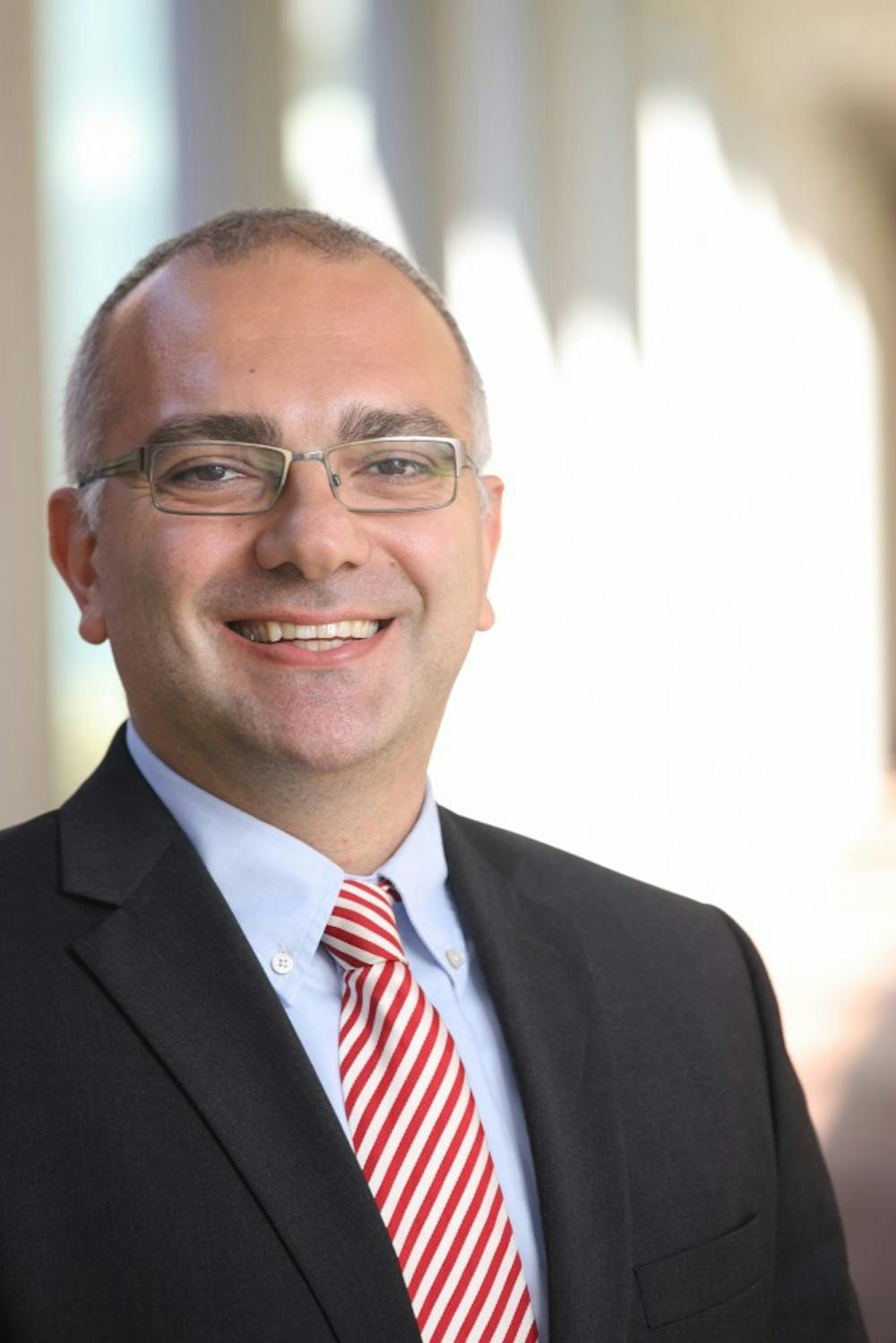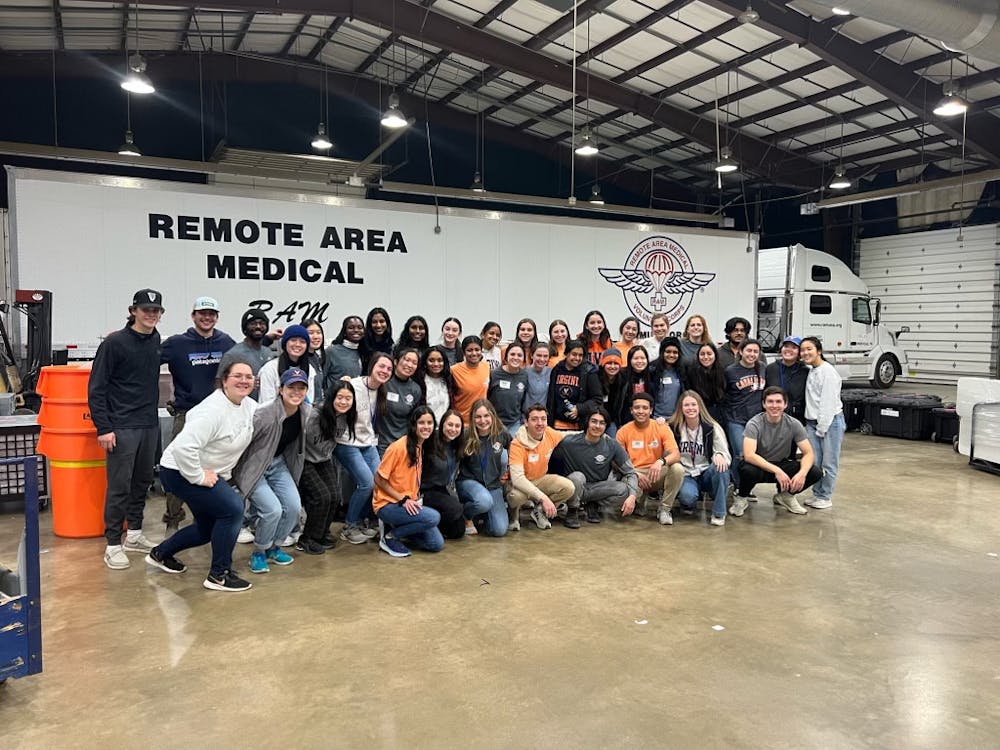One of the many risk factors identified for Type 2 diabetes is a gene known as KLF14. This gene is a transcription factor, meaning it is involved in the regulation and expression of many other genes. Previous research studies have found that this gene has a greater effect in women than in men. A study published by Dr. Mete Civelek, an assistant professor of Biomedical Engineering at the University, found that this gene was specifically active in fat tissue.
According to Civelek, the study took samples of belly fat tissue from different groups of people in England, Finland, Iceland and the United States. Then, the researchers measured different levels of gene expression using the tissues.
“We also characterized these individuals — the participants who were donating fat tissue from their belly area— for things that are relevant to Type 2 diabetes such as their cholesterol levels, insulin and glucose levels [and] inflammatory markers in their blood,” Civelek said.
Dr. Eugene Barrett, a professor of Endocrinology and Metabolism, said that there are two physiological body types typically observed — pear and apple. With the apple type, the fat is concentrated more in the center of the body, while it is concentrated in the lower part of the body for the pear shape. These different body types have been associated with different risks of diabetes.
“We’ve observed that in women as well as men, having a particular body habitus where most of the fat is distributed in the upper legs and buttock seems to be a protective factor,” Barrett said. “That is those individuals have less likelihood to go on and develop diabetes compared to men and women of the same weight where the weight is distributed differently or centrally located.”
According to Civelek, the KLF14 gene is different since it is not related to the pancreas or insulin production — which are normally linked to Type 2 diabetes — but rather is linked to the distribution of fat around the body. The study attempts to explain the mechanism of the KLF14 gene to help researchers better understand exactly how the gene affects fat cell function.
According to Barrett, a greater understanding of the risk factors associated with Type 2 diabetes is important for taking a more personalized approach of treatment. Individuals with known risk factors can take actions to reduce their chances of developing the disease. Some of these interventions include following a strict exercise regimen and eating a healthy diet.
However, it is still too early for pharmaceutical applications of their findings, according to Civelek. While it may have the potential to be used as a biomarker in the future — or a way to identify disease before it is present — it is too early for the gene to have any immediate clinical impact. Furthermore, Barrett said that any pharmaceutical interventions have the possibility of resulting in off-target effects due to the numerous genes that KLF14 affects. Therefore, the possible effects of a drug on the KLF14 pathway must be evaluated.
Nonetheless, Barrett said that this study was a good example of using technology to examine the expression of specific RNAs.
“I think this is a nice example of how a tissue-specific effect translates into a phenotype and that is something is quite new,” Barrett said.





